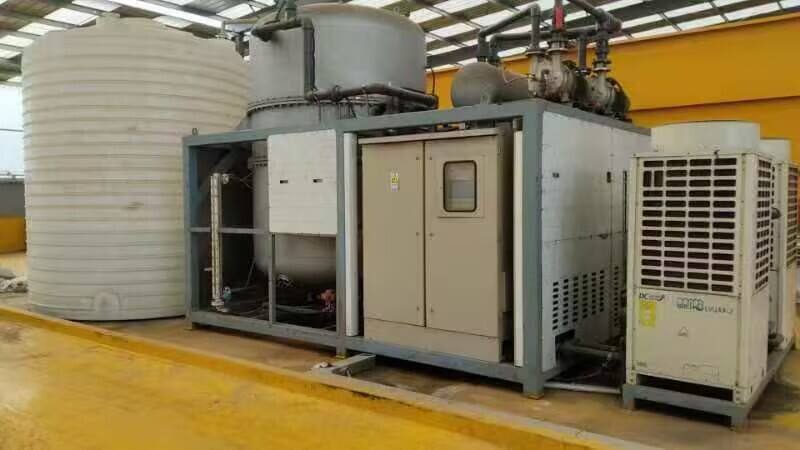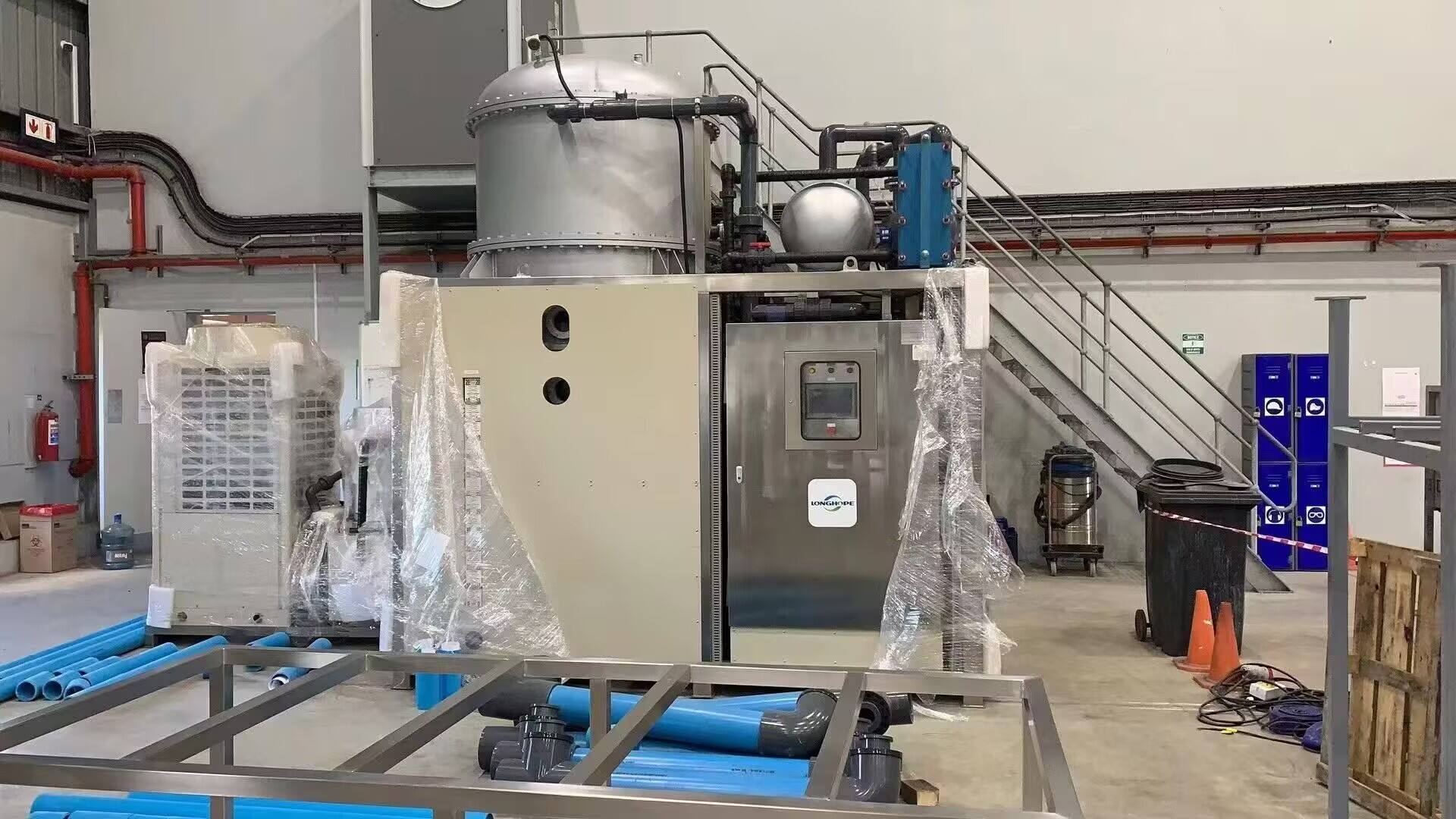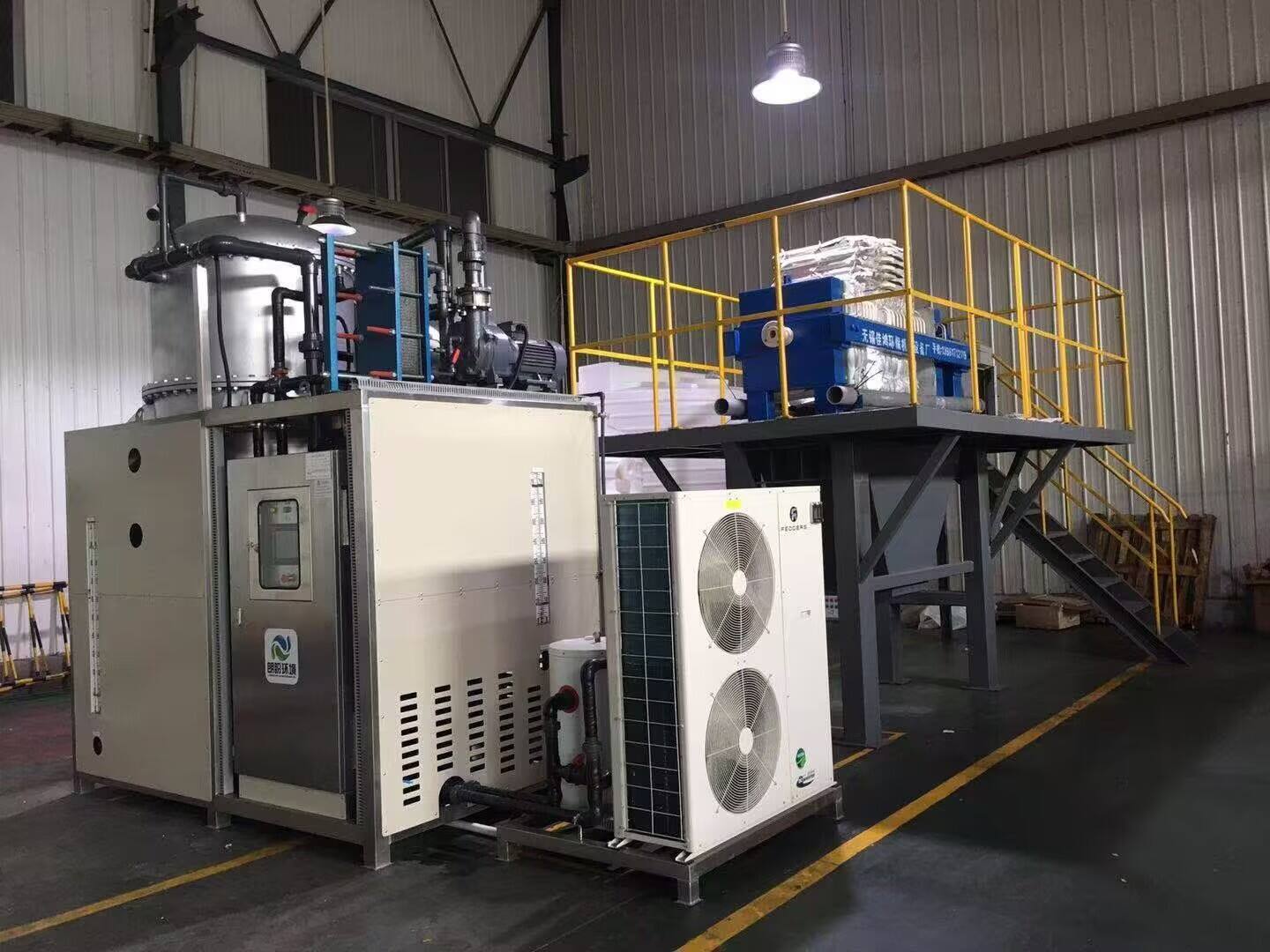zero liquid discharge technology for wastewater
Zero Liquid Discharge (ZLD) technology represents a cutting-edge solution in wastewater treatment that achieves the remarkable goal of eliminating liquid waste discharge entirely. This advanced system transforms wastewater into usable water while converting dissolved solids into dry solids, enabling facilities to recover and reuse water resources effectively. The technology employs a sophisticated multi-step process, typically including pre-treatment, evaporation, crystallization, and solid-liquid separation. Initially, the wastewater undergoes pre-treatment to remove suspended solids and adjust chemical properties. The pre-treated water then moves through membrane-based systems, such as reverse osmosis or ultrafiltration, to concentrate dissolved solids. Subsequently, thermal processes like evaporation and crystallization further concentrate the remaining solution until solid crystals form. The final stage involves dewatering these crystals to produce dry solid waste, while the recovered water is purified for reuse. This technology finds extensive applications across various industries, including power generation, chemical manufacturing, mining, and textile production, where water conservation and environmental compliance are crucial. ZLD systems can process diverse types of wastewater, handling high TDS levels and complex chemical compositions while maintaining consistent performance.


